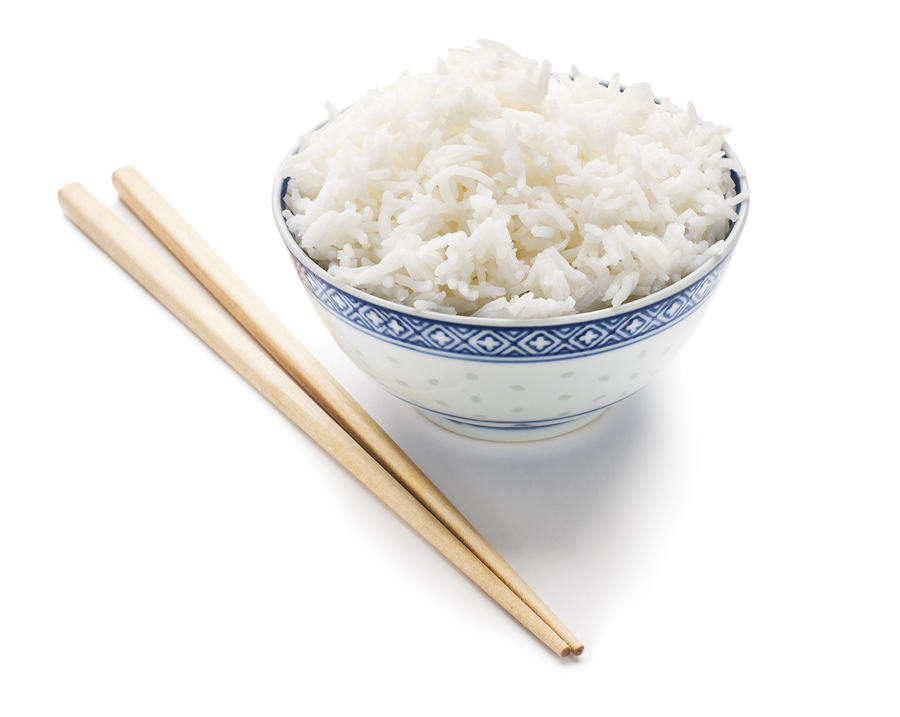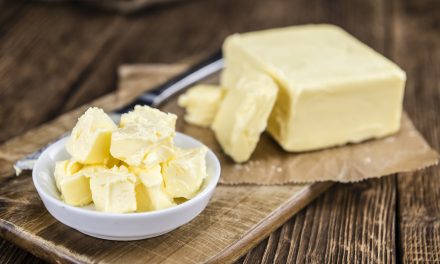The old saying “calories in, calories out” as the determining factor regarding weight loss may be an oversimplification of a more complex issue, but the hard facts show that we, as Americans, simply eat too much.
According to the USDA, the average American eats 500 more calories per day than needed, while other experts suggest we eat 100% more food than we actually need. That is up 20% since 1970 alone, the equivalent of an extra steak sandwich per day. No wonder we are so overweight!
At the National Meeting & Exposition of the American Chemical Society (ACS), the world’s largest scientific society, Sudhair James from the College of Chemical Sciences in Sri Lanka presented a new way to cook rice that would cut the caloric absorption by 50-60%. He figured out a way to make the rice become a resistant (indigestible) starch, which resists the absorption of the starch or sugar from entering the bloodstream.
Most starches, including rice, are very digestible and quickly convert to glucose (sugar) in the blood. While most of the starch gets stored in the liver and muscles as glycogen, the excess glucose gets stored as fat and becomes a major contributor to obesity and a host of other health issues. Resistant starches (RS) pass through the small intestines undigested and become food for the good microbes in the large intestines, all the while reducing the risk of excess glucose lingering in the blood and supporting healthy colon cells. RS can also help with healthy elimination and natural fat-burning!
Coconut Oil – The Secret Ingredient

To increase the RS content of white rice – the technique is incredibly simple:
- Add 1 teaspoon of coconut oil to boiling water
- Once the oil dissolves, stir in half a cup of rice
- Simmer for 40 minutes or until the rice is fully cooked. The researchers note that one could boil it for 20-25 minutes instead.
- Then, refrigerate it for 12 hours before consuming. Yes, this is technically a leftover, but if you have blood sugar or weight issues, this can be a very helpful strategy.
This procedure increases the resistant starch content by 10 times for traditional, non-fortified rice.
How it Works
According to James, the coconut oil enters the starch granules during the cooking process, which makes the sugar resistant to the digestive enzymes, so it won’t break down and be digested. The cooling of the rice for 12 hours binds the starch (amylose) to molecules on the outside of the rice, turning the rice sugar into a resistant starch. Reheating the rice does not affect its RS levels.
Further studies are being conducted to learn which type of rice might be best to achieve maximum calorie reduction, as well as whether other oils besides coconut might have the same effect.
RELATED STORIES:
- Gluten-Free Coconut Macaroons Recipe
- Mashed Sweet Potato Balls With Fat-Burning Coconut Oil and Cayenne Pepper
- Creamy, Easy To Make, Sugar-Free, Dairy-Free, Coconut Ice Cream
While this is great news for rice enthusiasts, as with any other food, don’t go overboard. Rice is not the most nutrient-rich food, and overeating it may be disruptive to your blood sugar levels. There are many other options to use as a side dish to your meals. Look for fiber-rich, nutrient-rich foods, such as, quinoa, sweet potatoes, barley, leafy green vegetables, cauliflower, mushrooms, and squash.
*Article originally appeared at The Hearty Soul.












